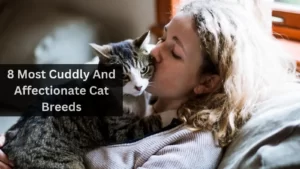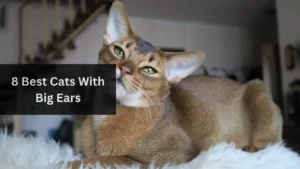Introduction:
A bird’s beak is a marvel of nature, serving multiple functions from eating to grooming. However, like any other part of their anatomy, beaks can encounter problems that affect a bird’s overall well-being. In this article, we’ll explore eight common beak problems in birds, shedding light on their causes and offering insights on how to address and prevent these issues.
The Vital Role of a Healthy Beak
bird’s beak is a multifunctional tool crucial for survival. From foraging and eating to preening and communication, a healthy beak is essential for a bird’s overall health and happiness.
Overgrown Beak – A Growing Concern
vergrown beaks can occur when a bird’s beak does not naturally wear down through regular activities. Common in pet birds, this issue can lead to difficulty eating and grooming.
Beak Malocclusion – Misaligned Matters
Malocclusion, or misalignment of the beak, can occur due to genetic factors or injuries. This condition can hinder a bird’s ability to eat and lead to other health complications.
Beak Trauma – A Painful Predicament
Birds can experience beak trauma from accidents, fights, or inadequate housing conditions. Broken or damaged beaks can cause pain and difficulty in feeding.
Nutritional Deficiencies – The Silent Culprit
Inadequate nutrition, particularly a lack of essential vitamins and minerals, can lead to beak problems. Malnutrition can manifest as soft or brittle beaks, impacting a bird’s overall health.
Beak Discoloration – A Warning Sign
Changes in beak color, such as darkening or paleness, can signal underlying health issues. Monitoring these changes is crucial for early detection and intervention.
Beak Mites – Tiny Troublemakers
Mites can infest a bird’s beak, causing irritation, inflammation, and deformities. Regular veterinary check-ups and proper hygiene are essential to prevent and address beak mite infestations.
Beak Infections – A Hidden Threat
Bacterial or fungal infections can affect a bird’s beak, leading to swelling, discharge, and discomfort. Prompt veterinary attention is crucial to diagnose and treat infections effectively.
Beak Warts – Unwelcome Growths
Warty growths on a bird’s beak can be caused by a virus. These growths may interfere with normal beak function and require veterinary intervention.
Conclusion:
A bird’s beak is a remarkable and vital tool, and any deviation from normal health can impact their overall well-being. Regular veterinary check-ups, a balanced diet, and attentive care are essential for preventing and addressing common beak problems. By staying vigilant and addressing issues promptly, bird owners can ensure their feathered friends enjoy a healthy and fulfilling life.
FAQs:
Q1: Can overgrown beaks be trimmed at home?
Trimming a bird’s beak should be done by a professional veterinarian to avoid causing harm or stress to the bird. Attempting to trim a beak at home can result in further complications.
Q2: How can I prevent beak problems in my pet bird?
Providing a balanced and nutritious diet, offering appropriate chew toys, maintaining proper hygiene in the bird’s environment, and scheduling regular veterinary check-ups are key measures to prevent beak problems.
Q3: Are beak problems more common in certain bird species?
While beak problems can occur in any bird species, some may be more prone to specific issues. For example, malocclusion may be more common in certain parrot breeds.
Q4: Can beak problems be hereditary?
Some beak problems, such as malocclusion, can have a genetic component. It’s essential to be aware of the genetic predispositions of specific bird breeds and species.
Q5: How often should I have my pet bird’s beak checked by a vet?
Regular veterinary check-ups, ideally every six months, can help detect and address potential beak problems early. However, if you notice any changes in your bird’s beak or behavior, seek veterinary attention promptly.



